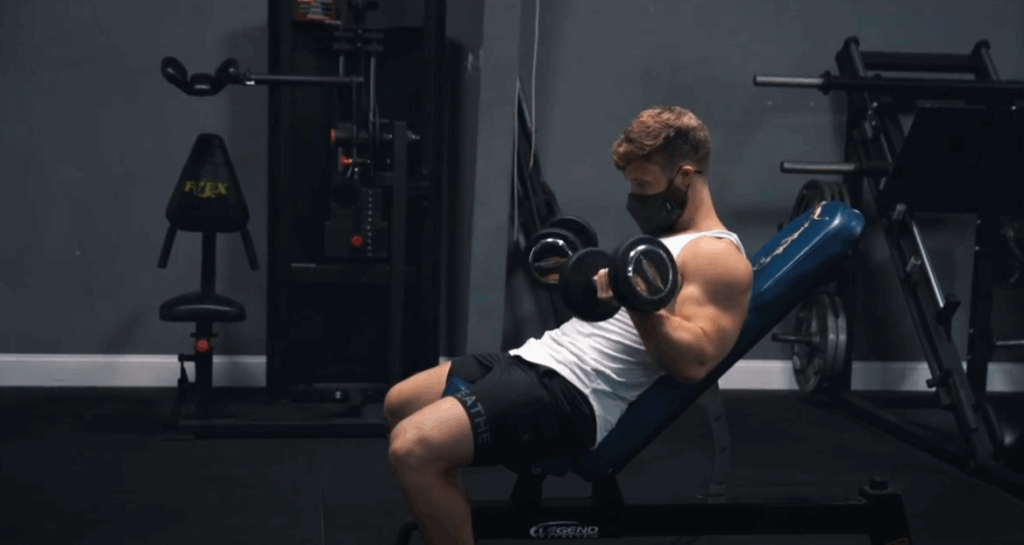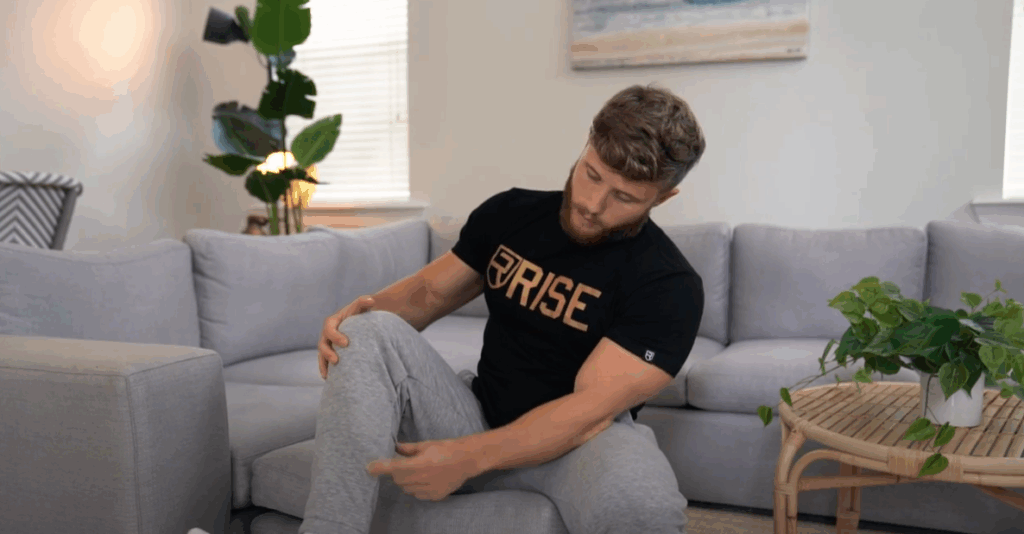Training, Strength Loss, Creatine & More: A Bodybuilding Q&A Breakdown
When it comes to training, dieting, and optimizing performance, there’s no shortage of questions lifters ask daily. Whether you’re a beginner stepping into the gym for the first time or a seasoned lifter fine-tuning your cut, having expert-backed guidance can save years of trial and error.
Here, we dive into a series of common but essential fitness questions—from training with a mask to lifting while cutting, creatine use, and integrating sports like basketball into a strength program. Let’s tackle them one by one.

1. Does Wearing a Mask During Training Affect Performance?
Training with a mask might seem like it would reduce oxygen intake and impair performance, but for most lifters, especially those focused on lower-rep strength work, the effect is minimal. If your training revolves around sets in the 6–10 rep range with ample rest between efforts, you’re unlikely to notice a significant difference.
In higher-rep sets or cardio-heavy workouts, masks may become slightly more restrictive, particularly when deep breathing is required during compound lifts like squats. However, the discomfort is often outweighed by the safety considerations—especially in busy gym environments.
Ultimately, if you’re concerned about health and your performance isn’t notably affected, wearing a mask during training can be a small sacrifice for greater safety.
2. How to Maintain Strength While Cutting
Many people assume that fat loss automatically means strength loss—but this isn’t always the case. Unless you’re dropping to extreme levels of body fat (e.g., under 8% for men), most lifters should be able to maintain their strength throughout a cut.
Here are some essential tips to avoid performance declines while reducing body fat:
- Lose weight gradually: Aim for no more than 1% of your body weight lost per week.
- Keep carbs in the diet: Low-carb extremes often lead to reduced training performance and faster muscle loss.
- Don’t abandon heavy lifting: Maintain your strength training routines. Switching to purely high-rep isolation work during a cut is a common mistake.
- Reduce training volume if needed: As calories drop and recovery becomes limited, lowering total training volume (while keeping intensity high) can help preserve muscle and strength.
- Monitor RPE wisely: Relying solely on RPE can be tricky when cutting, as everything feels harder. Keep track of actual loads used and strive to maintain them wherever possible.
In short, a well-structured cut should aim to keep strength numbers stable. If your lifts are dropping off sharply, reassess your approach.

3. Beginner Advice: Where to Start With Weight Training
If you’re just starting out, the biggest priority is nailing the fundamentals. Many beginners get distracted by flashy workouts on social media, but progress comes from consistency with the basics.
Here’s what you should focus on:
- Train full body: Start with full-body workouts 2–3 times per week.
- Use compound lifts: Include movements like squats, deadlifts, presses, and rows. These train multiple muscles and build a solid foundation.
- Balance your training: Don’t just train chest and arms. Incorporate back, legs, shoulders, and core for a complete physique.
- Learn proper form: Technique trumps everything else. Mastering movements early prevents injury and ensures long-term progress.
- Be patient: Neurological strength gains often come before visible muscle growth. Trust the process.
A simple template: choose one exercise from each major movement pattern (squat, hinge, push, pull, lunge, and carry), and perform 2–3 sets per movement. Stick with this approach for a few months and increase weights gradually.
4. Do Muscle Fiber Types Determine Optimal Rep Ranges?
It’s often claimed that slow-twitch muscles respond best to high reps, while fast-twitch fibers thrive under heavier weights. While this idea has some theoretical backing, in practice, most muscles contain a roughly even mix of both fiber types.
That means all muscle groups likely benefit from a combination of rep ranges. For hypertrophy, most training should take place in the 6–15 rep range, with occasional dips into lower or higher rep zones.
One exception? The calves. Specifically, the soleus muscle is predominantly slow-twitch (up to 90% in some studies), so high-rep training (15–25+ reps) may offer added benefit when targeting this muscle.
The bottom line: mix it up. Train across various rep ranges to stimulate all muscle fibers and avoid plateaus.
5. Should You Take Creatine While Cutting?
Absolutely. Creatine is one of the most thoroughly researched and effective supplements for muscle size and strength. And contrary to popular belief, it doesn’t cause bloating or water retention under the skin.
Instead, creatine draws water into the muscles, making them appear fuller—an aesthetic benefit, even during a cut.
There’s no need to cycle off creatine while dieting. It continues to support performance, strength, and potentially even cognition. Stick with 3–5 grams of creatine monohydrate daily, and you’re good to go.

6. Are Certain Exercises Unsafe and Should Be Avoided?
No exercise is inherently dangerous—what matters is the context. For example, the bench press is often blamed for shoulder injuries, but poor technique and ego lifting are usually to blame, not the lift itself.
It’s important to:
- Match exercises to your structure: Everyone’s anatomy is different. Find variations that suit your build.
- Avoid unstable surfaces for resistance training: BOSU ball squats or curls might look “functional,” but for most people, they just add unnecessary risk without benefit.
- Be mindful of ego lifting: Don’t sacrifice form to chase numbers. That’s when injuries happen.
Pain science also suggests that fear of an exercise (thanks to misinformation) can actually increase the likelihood of injury—a phenomenon called the nocebo effect. Instead of avoiding exercises altogether, learn to execute them properly.
7. How to Combine Cardio Sports Like Basketball With Lifting
Balancing a sport like basketball with a strength program is all about managing three variables: frequency, intensity, and impact.
- Frequency: Limit high-impact sports to 2–3 times a week.
- Intensity: If you’re serious about strength gains, avoid going all-out every session.
- Impact: High-impact activities like basketball can interfere with recovery, especially if you’re also lifting heavy.
Monitor recovery markers like sleep, joint soreness, and strength progress. If performance drops, consider reducing the frequency or intensity of your cardio. For lower-impact alternatives, swimming or cycling are great options.
Final Thoughts
From training with a mask to balancing cardio and cutting, the key takeaway across all these topics is simple: avoid extremes, stay consistent, and don’t overcomplicate the fundamentals.
Master the basics. Stick to what works. And if in doubt—lift heavy, eat smart, and adjust based on your individual response.



